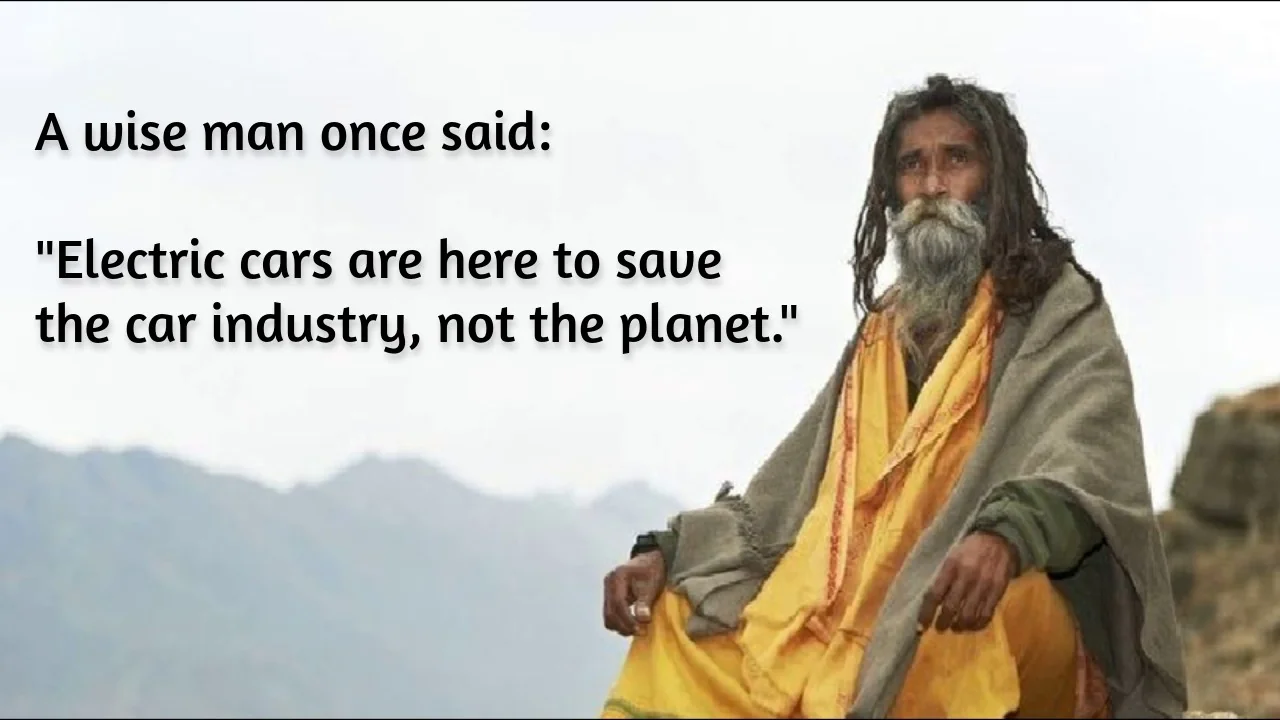Fuck Cars
A place to discuss problems of car centric infrastructure or how it hurts us all. Let's explore the bad world of Cars!
Rules
1. Be Civil
You may not agree on ideas, but please do not be needlessly rude or insulting to other people in this community.
2. No hate speech
Don't discriminate or disparage people on the basis of sex, gender, race, ethnicity, nationality, religion, or sexuality.
3. Don't harass people
Don't follow people you disagree with into multiple threads or into PMs to insult, disparage, or otherwise attack them. And certainly don't doxx any non-public figures.
4. Stay on topic
This community is about cars, their externalities in society, car-dependency, and solutions to these.
5. No reposts
Do not repost content that has already been posted in this community.
Moderator discretion will be used to judge reports with regard to the above rules.
Posting Guidelines
In the absence of a flair system on lemmy yet, let’s try to make it easier to scan through posts by type in here by using tags:
- [meta] for discussions/suggestions about this community itself
- [article] for news articles
- [blog] for any blog-style content
- [video] for video resources
- [academic] for academic studies and sources
- [discussion] for text post questions, rants, and/or discussions
- [meme] for memes
- [image] for any non-meme images
- [misc] for anything that doesn’t fall cleanly into any of the other categories
Recommended communities:
view the rest of the comments

Right, Texas is great example. You don’t need to cover all of Texas when most of the state is empty land, yet most of population lives within four metro areas all relatively close to each other. We already have shitty rail on the east coast connecting cities hundreds of miles and it’s wildly successful despite it being slow af.
‘Most’ of the population in the US, or Texas, or wherever…. still leaves a significant number of people and cars. I’m all for trains, and making better trains will certainly be a good direction of encouraging train use, but just making an existing alternative a little better isn’t going to solve the car situation. ‘Most’ of the US car problem isn’t located within an area that can be well served by trains. Places that can be well served by trains, in general, are already served by trains. You can make some dents in the issue, and maybe some significant ones, by leaning into that solution really hard, but it will still be a dent rather than a solution.